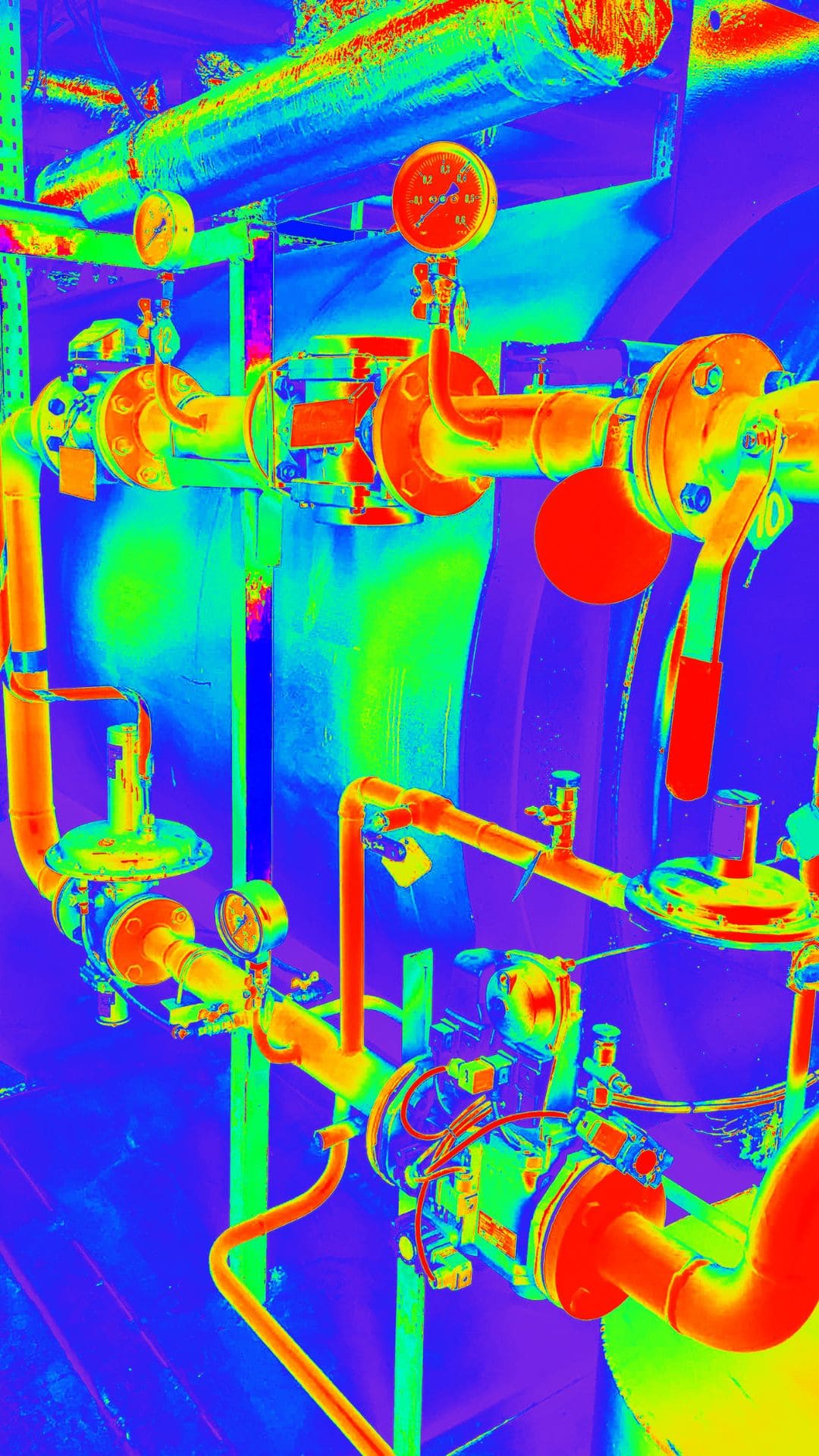FAQ
About Structural Recertification
Delve into the importance of Structural Recertification with Milton Cubas 1 P.E. LLC. Ensure safety and compliance while preserving the heritage of older structures.
Frequently Asked Questions About Building Recertification
Answer: The new law, effective May 26, 2022, impacts milestone inspections for buildings three stories and taller. Specific requirements apply to buildings built between 1983 and 1997, and those built on or after 1998. Coastal buildings have deadlines for recertification inspections.
Answer: The recertification program has been strengthened, inspecting additional building components. New guidelines cover structural glazing, building facades, infrared thermography, document history, and unpermitted activities.
Answer: Properties subject to recertification receive a Notice of Required Recertification at 30 years and every 10 years thereafter. Reports must be submitted within 90 days of the notice. Single-family homes and duplexes are exempt.
Answer: Property owners must submit reports prepared by a Florida-registered engineer or architect within 90 days. The professional must be qualified in structural and/or electrical fields as per Miami-Dade County Code.
Answer: Changes include structural glazing status, holistic building facade inspection, infrared thermography, document history research, identification of unpermitted activities, and specific details in the structural report template.
Answer: The updated template includes foundation inspection, signs of overloading investigation, top of building conditions assessment, and inspection of special or unusual features. Photo documentation is now required.
Answer: The Electrical Report Template now requires an infrared thermography inspection for systems operating at 400 amperes or greater. Photo documentation is also mandatory.
Answer: County inspectors conduct quality assurance compliance inspections, including threshold buildings and other commercial and residential buildings.
Answer: Buildings must provide certificates of compliance for parking lot illumination and guardrails adjacent to water bodies. Non-compliance requires obtaining permits for installations.
Answer: Failure results in referral to the Unsafe Structures Section, leading to enforcement actions, including building posting, violation notices, board referrals, orders to vacate, and enforcement cost collections.
Frequently Asked Questions About Infrared Thermography Inspections
Answer: Infrared Thermography is a non-destructive testing method that captures thermal images to identify variations in temperature. It helps detect electrical, mechanical, and water intrusion issues before they become serious problems.
Answer: Infrared electrical reports comply with MDC guidelines and provide a detailed analysis of electrical systems. Certified Level 2 Thermographers, with over 12 years of experience, use this technology to identify potential risks not visible to the naked eye.
Answer: By scanning the thermal condition of electrical and mechanical equipment without facility shutdowns, Infrared Thermography ensures increased safety, reliability, and productivity. It detects impending failures early, minimizing reactive maintenance and reducing the risk of unscheduled power outages.
Answer: Electrical components should be energized and loaded at normal operating levels. Mechanical inspections only require equipment to be working at normal capacity and speed. Access to electrical panels and equipment must be conducted by qualified personnel.
Answer: The customized report indicates problem areas, their impact, and severity. It includes thermographic and visual images of all scanned equipment. This detailed documentation aids in making informed decisions about necessary repairs and upgrades.

Engineering Solutions in Miami
Unlock innovative Engineering Solutions in Miami with Milton Cubas 1 P.E. LLC. From structural recertification to cutting-edge inspections, we elevate your project with expertise.


